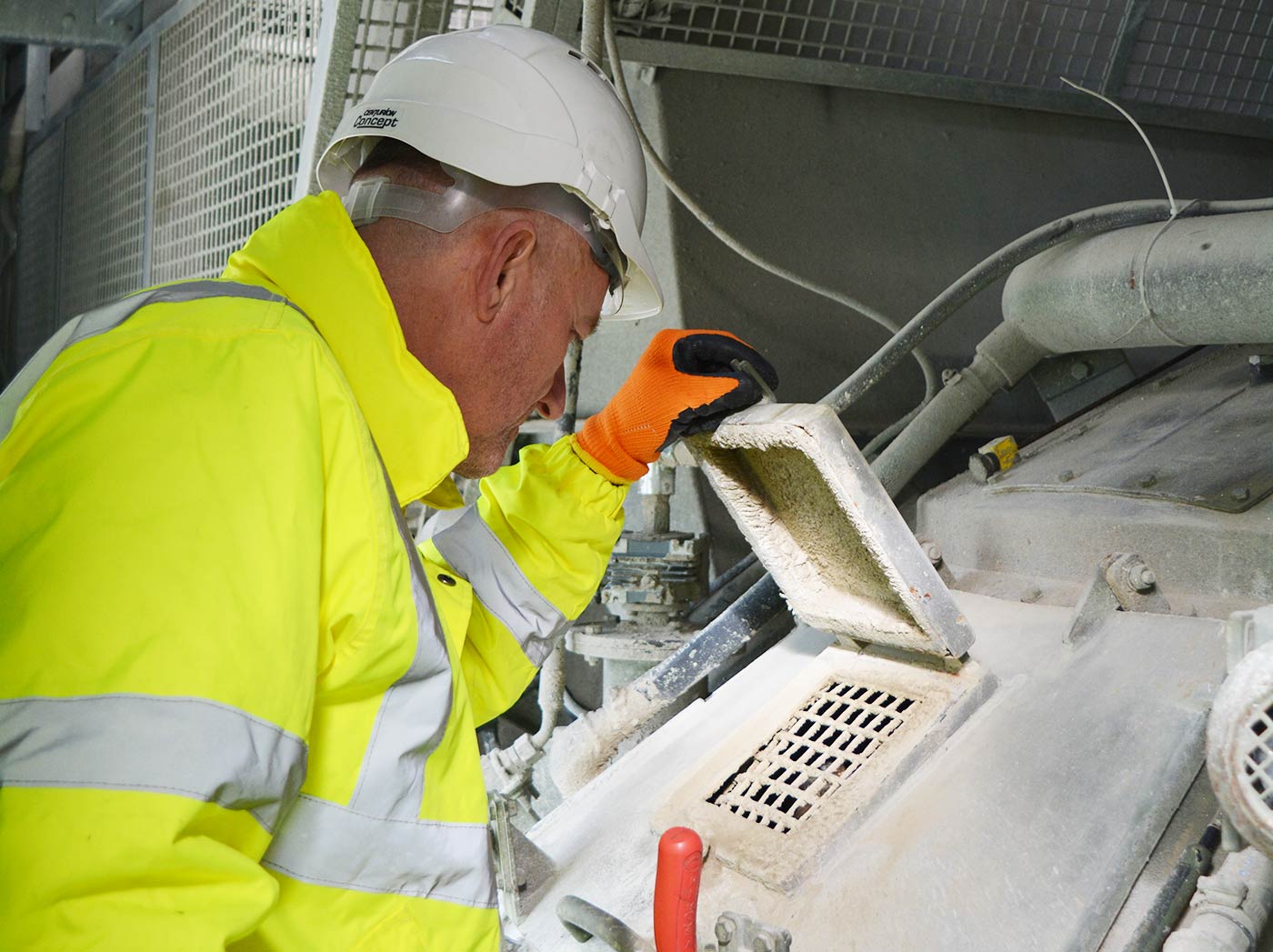
We find that some important questions are frequently asked. This is a live page and will be added to as poignant questions are posed and answered.
Why do I have to do risk assessments?
This is a strict legal requirement from Regulation 3 of the Management of Health and Safety at Work Regulations 1999. Additionally, if there are 5 or more employees these assessments must be documented. If you have less than 5 employees it is still a beneficial process that reduces risk and prevents accident. It is also as difficult to demonstrate a risk assessment has been done if it is not documented.
Risk assessments are the most underutilised tool in risk prevention,. This is generally due to a lack of understanding and training of those carrying out the process. However, they do need to be in place, suitable for the task, of sufficient detail and effectively communicated and followed.
If you would like to discuss anything regarding risk assessment please contact us for a discussion.
As a Director am I always accountable for the actions of my employees?
The simple answer is ‘no’, not always. However this is a complicated question, very much dependant on the specific scenario and size of company, amongst many other factors. In health and safety law, directors and senior managers are held specifically accountable under Section 37 of the Health and Safety at Work Act 1974. Paraphrasing this, ‘if an accident occurs due to the consent, connivance or neglect of a Director or Senior Manager, then that person and the organisation can be held accountable under UK law and fined / imprisoned accordingly’.
Consent and connivance speak for themselves; however neglect can be far reaching and much more complex. As a Director, we have a duty to ensure the company resources are in place to facilitate compliance with UK law and ensure risks are controlled ‘so far as is reasonable practicable’. Ignorance of the law is also no defence and ‘competent’ advice is a legal requirement, whether this be internal or external.
If you would like to discuss anything regarding Directorial accountability and liability, or competent advice, please get in touch to discuss.
What does 'so far as is reasonably practicable' really mean?
This is probably the most misunderstood term in health and safety; however most safety law is qualified by it. In simplistic terms, it is a balance between the ‘time, cost and effort’ to reduce the risks and the ‘benefits’ you get from your ‘investment’. In effect it is a cost benefit analysis; however you must also be in compliance with the law.
A simple example of this in action would be roadworks on the M25. The best thing we can do to protect workers in the road would be to close the M25. However, the disruption that this would cause would be disproportionate to the risk reduction; or so some would argue. Therefore we have lane closures, speed restrictions, barriers, safe systems of work and personal protective equipment to reduce the risks.
In day to day activities this process can be challenging and confusing. Companies must also look to other factors for confirmation, such as current good industry practice, HSE guidance, benchmarking against other respected companies and competent advice.
If you would like to discuss anything else regarding general legal compliance please get in touch to discuss.
I provide my employees with personal protective equipment; is that enough?
Quite simply, ‘no it is not’. Without getting into discussions regarding types, maintenance, training etc., the enforcement of PPE usage is the employers responsibility. If an employer knowing allows employees to carry out tasks, e.g. use of a nail gun, whilst not wearing the supplied PPE, then that employer could be prosecuted, or attract some form of notice form the HSE.
PPE usage and compliance can be a problem for employers for many reasons. However systems (e.g. training, safety inspections, disciplinary procedures etc.) should be implemented to ensure that PPE is used as required and as specified in the risk assessments and safe working procedures.
Ultimately, noncompliance with health and safety procedures and protocol can be viewed as ‘gross misconduct’ and should be treated as such. If management allow unsafe acts and conditions to exist, then they themselves can be held accountable in the event of an accident, even if they did not cause it directly.


bridging the gap – start by getting in touch today
working throughout the UK, Channel Islands, Europe and internationally



